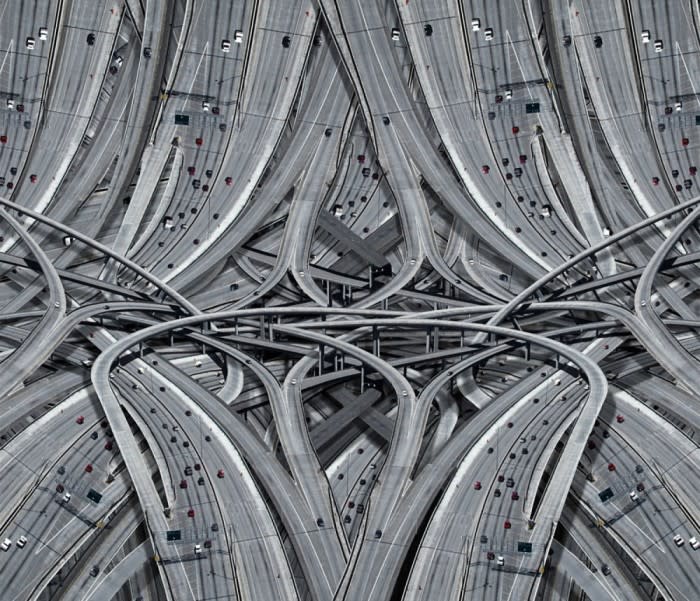Future State: Celebrating the City

Ahead of 2016’s Future State discussions with the likes of Google, Facebook, Uber, Atlasssian, ACE Hotels, Commune Design, Teague and more, we speak to three of these panellists about how exactly you tackle designing the future.

"When we design for cities, our scope is so much larger than the screen. So we are constantly asking ourselves, how do we account for something as complex as a city?"
Ethan Eismann
"After travelling across the globe with an eye focused on solving problems with transportation, it’s clear that we’ve got too many vehicles on roads all around the world."
Ethan Eismann
"We’re a very principle-driven company, and we have a highly principled design culture."
Ethan Eismann

"Now this might not seem like much [employing people from lower classes in India], but it’s a material impact on people’s lives. It changes the game. Once life is easier, it may be easier for the kids to study, to excel at school."
Ethan Eismann
"One trip to India is enough to spur 100 new ideas. When a local experiment works, that new innovation is likely to get pumped back to our headquarter team where we then distribute it out to the rest of the world."
Ethan Eismann